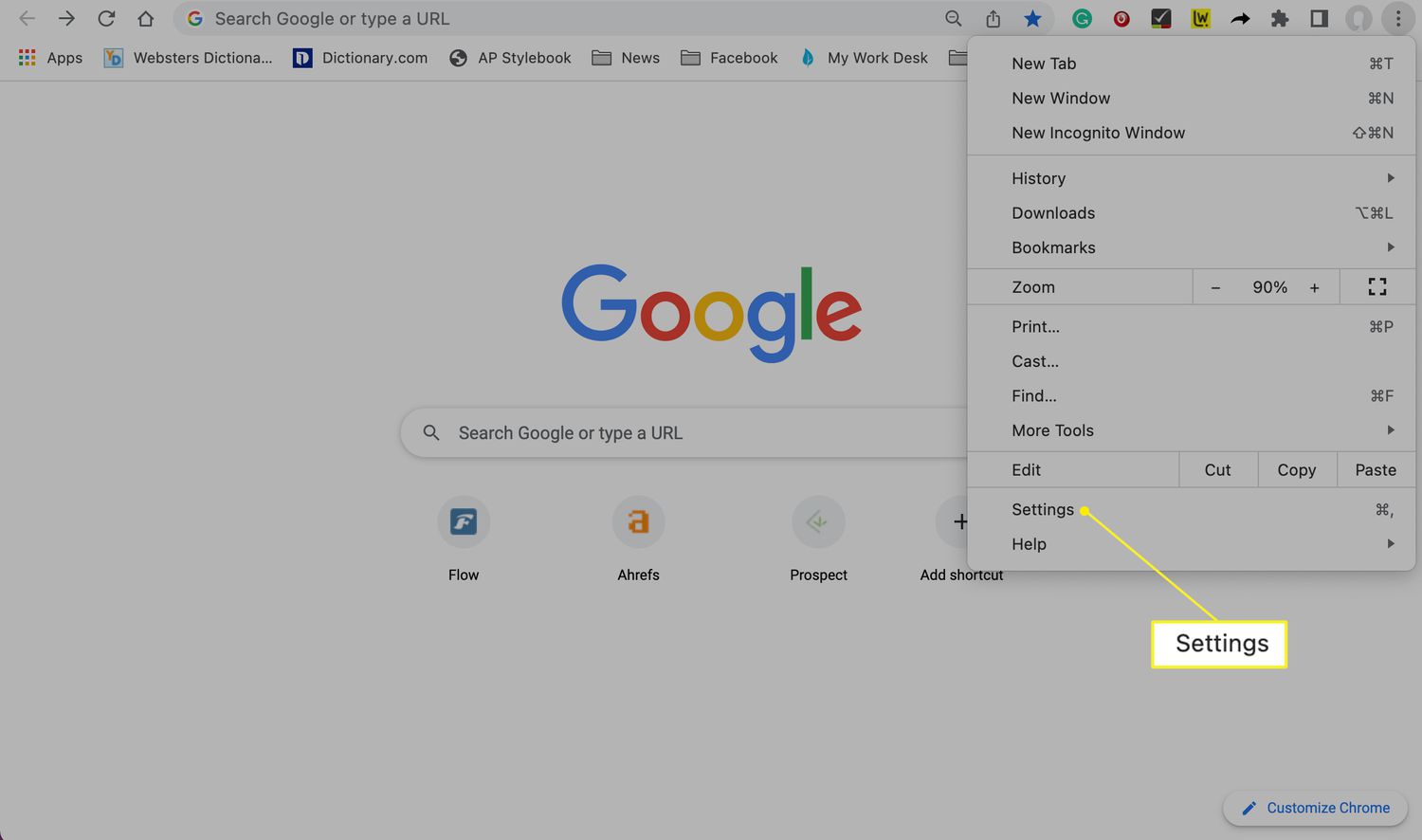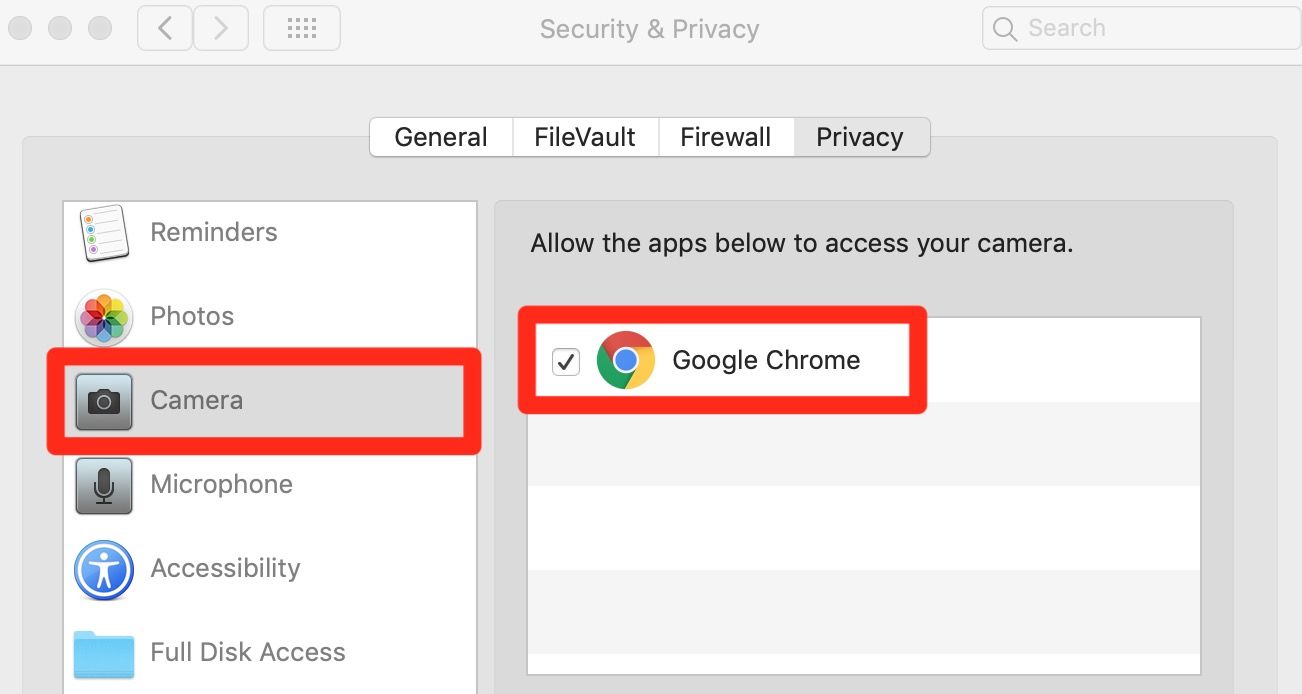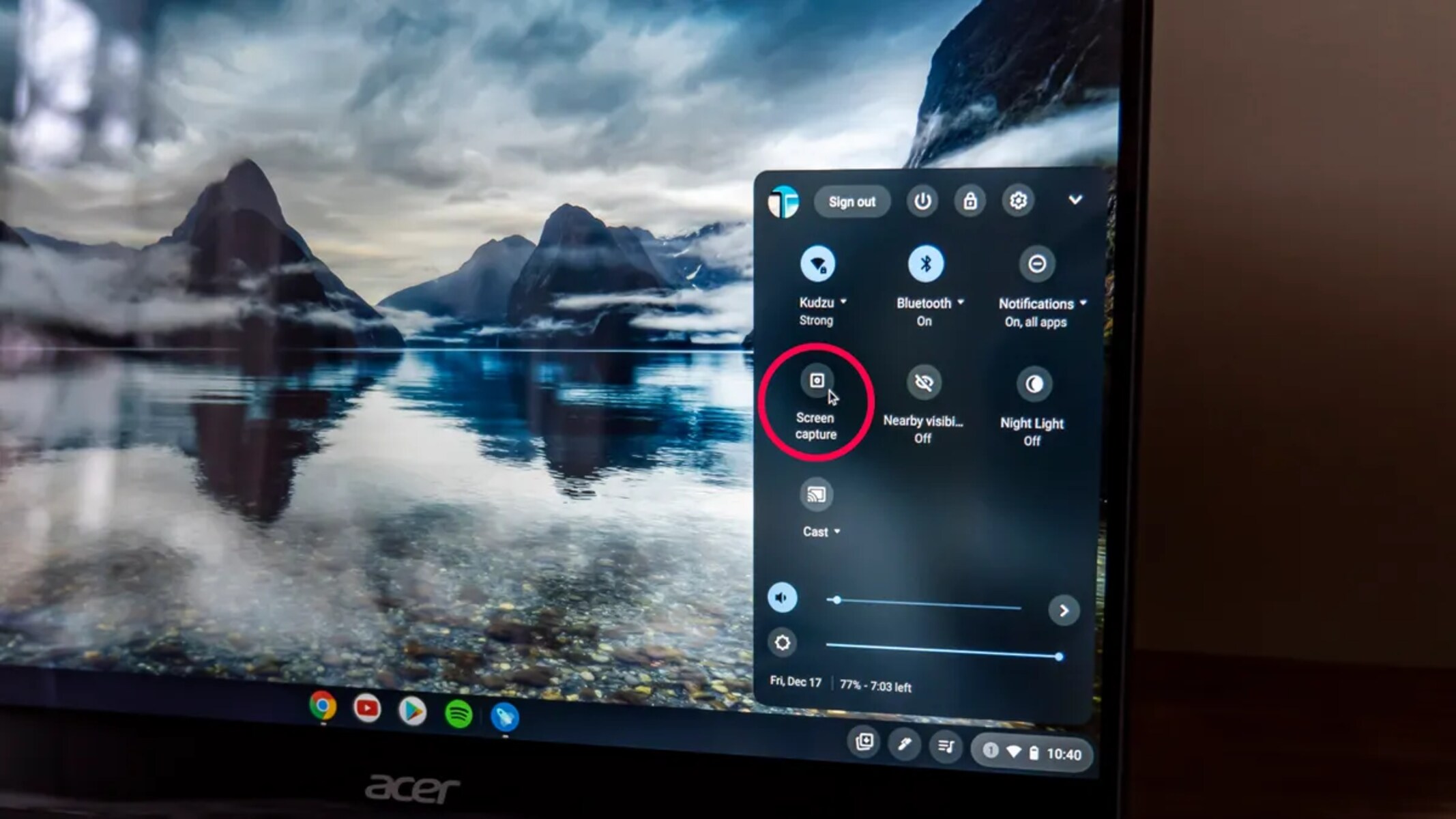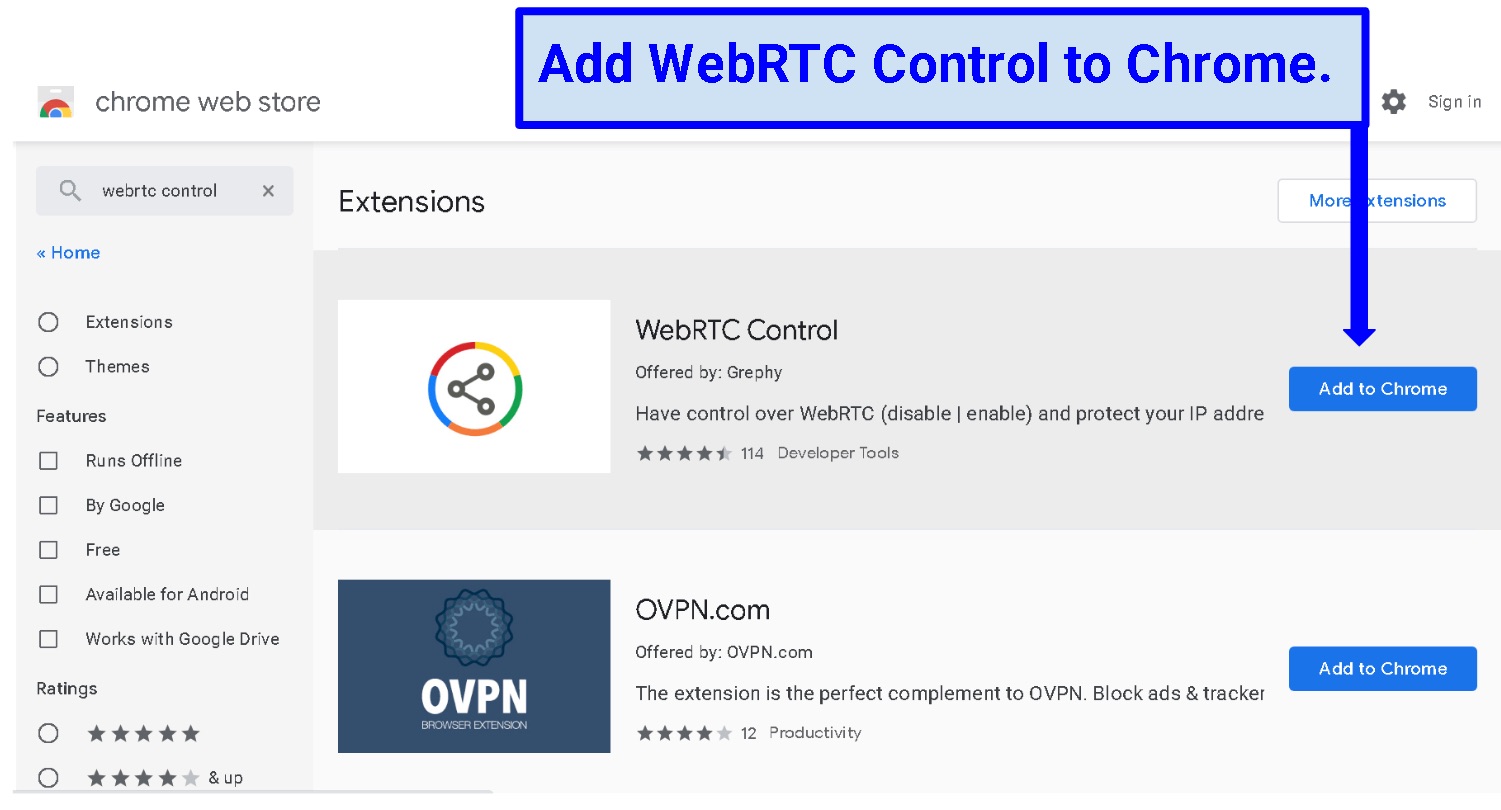Introduction
Chrome is one of the most popular web browsers, known for its speed, simplicity, and user-friendly interface. It offers a wide range of features and settings that can be customized to suit individual preferences. One common issue that users encounter is the inability to play audio on certain websites. This can be frustrating, especially when trying to stream music, watch videos, or participate in online meetings.
In this article, we will explore how to allow audio on Chrome by adjusting the browser settings and granting permissions to specific websites. Additionally, we will delve into troubleshooting common audio issues that users may encounter while using Chrome. Whether you're a casual internet user or rely on Chrome for work-related tasks, understanding how to manage audio settings can greatly enhance your browsing experience.
By following the steps outlined in this guide, you can ensure that audio plays seamlessly on your favorite websites, allowing you to enjoy multimedia content without any interruptions. So, let's dive into the world of Chrome settings and discover how to unleash the full potential of audio on this versatile web browser.
Checking Chrome Settings
When encountering audio issues on Chrome, the first step is to check the browser settings to ensure that audio is enabled and functioning properly. Here's a detailed guide on how to navigate through Chrome settings to troubleshoot audio-related issues:
-
Accessing Chrome Settings: To begin, open the Chrome browser on your desktop or laptop. Look for the three vertical dots located in the top-right corner of the browser window. Click on these dots to reveal a dropdown menu.
-
Selecting Settings: From the dropdown menu, navigate to the "Settings" option and click on it. This will open a new tab displaying various settings and customization options for the Chrome browser.
-
Navigating to Site Settings: Within the Settings tab, scroll down and locate the "Privacy and security" section. Here, you will find an option labeled "Site settings." Click on this option to access the site-specific settings for Chrome.
-
Checking Sound Settings: Under the Site settings menu, look for the "Sound" option. Click on it to review the sound settings for websites visited using Chrome. Ensure that the sound is allowed for all websites or for specific sites where you are experiencing audio playback issues.
-
Adjusting Sound Permissions: If the sound settings are not configured correctly, you can modify the permissions to allow audio playback. You have the option to either block or allow sound for individual websites, depending on your preferences.
-
Verifying System Sound Settings: In some cases, audio issues may be related to the system sound settings rather than the browser settings. It's advisable to check your computer's sound settings to ensure that the volume is not muted or set to an extremely low level.
By following these steps, you can effectively check and adjust the Chrome settings to troubleshoot audio-related issues. Once you have verified and configured the sound settings, you can proceed to test the audio playback on websites to ensure that the adjustments have resolved the problem.
Understanding how to navigate through Chrome settings and customize sound permissions empowers users to take control of their browsing experience, ensuring that audio plays seamlessly across various websites and online platforms. With the Chrome settings properly configured, you can enjoy a hassle-free audio experience while exploring the diverse content available on the web.
Allowing Audio for Specific Websites
When using Chrome, you may encounter situations where audio playback is restricted on specific websites. This can be attributed to the browser's default settings, which prioritize user privacy and security. However, if you trust certain websites and wish to enable audio playback for them, Chrome provides a straightforward method to grant permissions on a site-specific basis.
To allow audio for specific websites, follow these steps:
-
Accessing Site Settings: Start by visiting the website for which you want to enable audio playback. Once on the site, click on the padlock icon located to the left of the website address in the address bar. This will open a dropdown menu with several options.
-
Adjusting Sound Settings: In the dropdown menu, locate the "Sound" option and click on it. This will reveal the sound settings for the specific website. By default, the sound may be set to "Block (default)" to ensure user privacy and prevent intrusive audio playback.
-
Allowing Sound: To enable audio playback for the website, click on the dropdown menu next to the sound setting. You will be presented with the option to "Allow" sound for the specific website. Select this option to grant permission for audio playback on the site.
-
Verifying Audio Playback: After allowing sound for the website, you can verify the changes by refreshing the page or revisiting the site. If the permission has been successfully granted, you should now be able to play audio content without any restrictions.
By following these steps, you can selectively allow audio playback for specific websites while maintaining control over your browsing experience. This approach ensures that you can enjoy multimedia content on trusted websites without compromising your privacy or security.
Allowing audio for specific websites empowers users to tailor their browsing environment according to their preferences, striking a balance between security and convenience. Whether you're accessing music streaming platforms, video sharing websites, or online learning portals, having the ability to manage audio permissions on a site-specific level enhances the overall usability of the Chrome browser.
With these simple adjustments, you can seamlessly integrate audio playback into your browsing routine, ensuring that you have the freedom to enjoy multimedia content on your favorite websites without encountering unnecessary restrictions.
Troubleshooting Audio Issues
When encountering audio problems while using Chrome, it's essential to explore potential troubleshooting steps to identify and resolve the underlying issues. Here's a comprehensive guide to troubleshooting common audio-related issues on the Chrome browser:
Clearing Browser Cache and Cookies
Over time, accumulated cache and cookies can impact the performance of websites, including audio playback. To address this, navigate to Chrome's settings and locate the "Clear browsing data" option. Here, you can select the time range and choose to clear cached images and files, as well as cookies and other site data. By doing so, you can eliminate potential conflicts that may be hindering audio playback.
Updating Chrome and Audio Drivers
Outdated browser versions and audio drivers can contribute to audio issues. Ensure that Chrome is updated to the latest version by accessing the "About Chrome" section in the settings menu. Additionally, check for updates for your computer's audio drivers to ensure compatibility with the browser's audio features. Keeping both Chrome and audio drivers up to date can resolve compatibility issues and improve audio performance.
Checking for Conflicting Extensions
Extensions added to Chrome can sometimes conflict with audio playback, causing disruptions. To address this, navigate to the extensions menu in Chrome's settings and disable or remove any extensions that may be interfering with audio functionality. After making these adjustments, test audio playback on various websites to determine if the issue has been resolved.
Verifying System Sound Settings
In some cases, audio issues may stem from the computer's system sound settings. Ensure that the volume is not muted and that the correct audio output device is selected. Additionally, check for any system-wide sound settings that may be affecting audio playback on Chrome. By verifying and adjusting system sound settings, you can eliminate potential external factors impacting audio performance.
Running Chrome's Built-in Diagnostics
Chrome offers built-in diagnostic tools that can help identify and resolve audio issues. Access the Chrome browser's diagnostic page by entering "chrome://system" in the address bar. Here, you can review detailed information about the browser's configuration and settings, allowing you to pinpoint potential issues related to audio playback.
By following these troubleshooting steps, users can effectively address common audio issues encountered while using the Chrome browser. Whether it's clearing browser data, updating software, or adjusting system settings, proactive troubleshooting can enhance the overall audio experience on Chrome, ensuring seamless playback across various websites and online platforms.
Conclusion
In conclusion, mastering the art of managing audio settings on Chrome empowers users to tailor their browsing experience, ensuring seamless audio playback across a diverse range of websites and online platforms. By delving into the intricacies of Chrome settings, users can troubleshoot audio issues, grant permissions to specific websites, and optimize their audio experience to align with their preferences.
Understanding how to navigate through Chrome settings and customize sound permissions is pivotal in addressing audio-related challenges. By following the outlined steps to check and adjust Chrome settings, users can ensure that audio is enabled and functioning optimally, laying the foundation for an immersive multimedia experience.
Granting permissions for specific websites further enhances the user's control over audio playback, striking a balance between security and convenience. This approach allows users to enjoy multimedia content on trusted websites without encountering unnecessary restrictions, fostering a seamless and personalized browsing environment.
Moreover, the comprehensive troubleshooting steps provided offer a roadmap for identifying and resolving common audio issues on Chrome. From clearing browser cache and updating software to verifying system sound settings, proactive troubleshooting can significantly enhance the overall audio experience, ensuring that users can enjoy uninterrupted audio playback while exploring the vast array of online content.
By integrating these strategies into their browsing routine, users can harness the full potential of audio on Chrome, transcending barriers and immersing themselves in a rich multimedia landscape. Whether it's streaming music, watching videos, or engaging in virtual meetings, the ability to manage audio settings on Chrome empowers users to curate a personalized and seamless browsing experience.
In essence, the journey to allowing audio on Chrome is a testament to the browser's adaptability and user-centric design. By equipping users with the knowledge and tools to navigate through settings, grant permissions, and troubleshoot audio issues, Chrome fosters a dynamic and enriching browsing environment, where audio seamlessly intertwines with the diverse content available on the web.

























